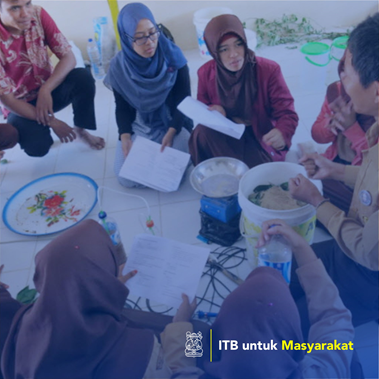

Budi Sulistianto
In Nunukan Regency, most of the population has extensive oil palm plantations. Palm oil processing produces large amounts of waste, around 60% of production is waste or byproducts (Mathius, 2007). The type of waste produced includes empty bunches, fruit fibers, shells, midribs, oil palm stems and liquid waste (Lubis, 1994). The solid waste produced can be used as an animal feed ingredient through the fermentation process using lignoselulotic mushroom agents. This fermentation process will increase protein levels and reduce fiber content so that feed ingredients will have a better nutritional value. Meanwhile, liquid waste produced can be used as liquid organic fertilizer by utilizing the role of local microorganisms. In addition, in Nunukan Regency there are many cattle farms that produce waste animal waste. This generated waste can be used as organic fertilizer with the help of biological agents. Organic fertilizer has several advantages, including cheap production costs and does not damage the environment. Livestock activities in Nunukan Regency so far only rely on harvest of grass from nature as their feed, even though the availability is uncertain and tends to be limited. On the other hand, oil palm plantations with conventional systems require expensive synthetic fertilizers so that they will not provide valuable economic value for the community. The community is also still very dependent on the use of chemical fertilizers and has not been able to utilize oil palm waste produced, most people just throw away the waste produced. Therefore the idea of ​​utilizing solid and liquid waste in order to support livestock and plantation activities is ideal in this regard.
Application of appropriate technology, the implementation of social care activities in the form of education / counseling / mentoring
The Nunukan Regency community is still very dependent on the use of chemical fertilizers and has not been able to utilize the oil palm waste produced, most people just throw away the waste produced.